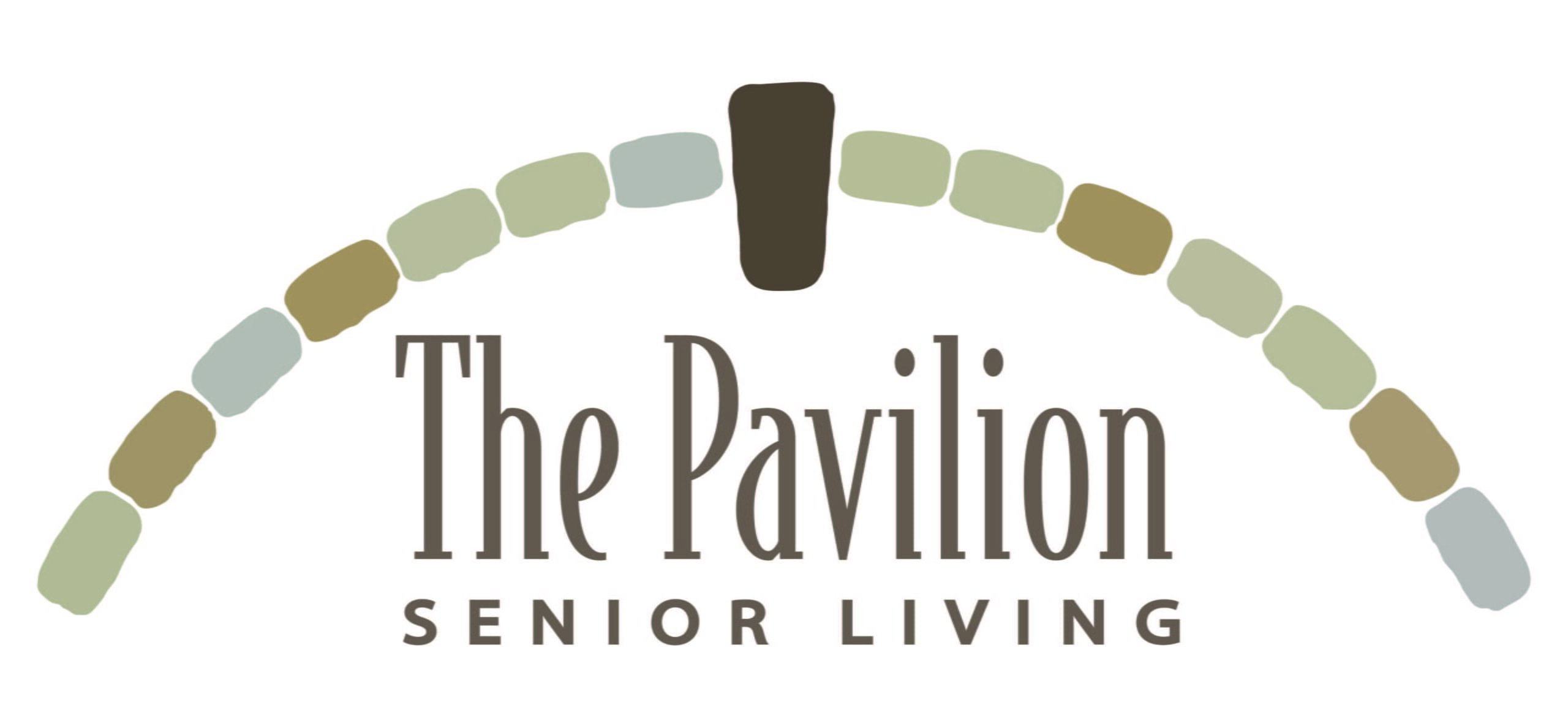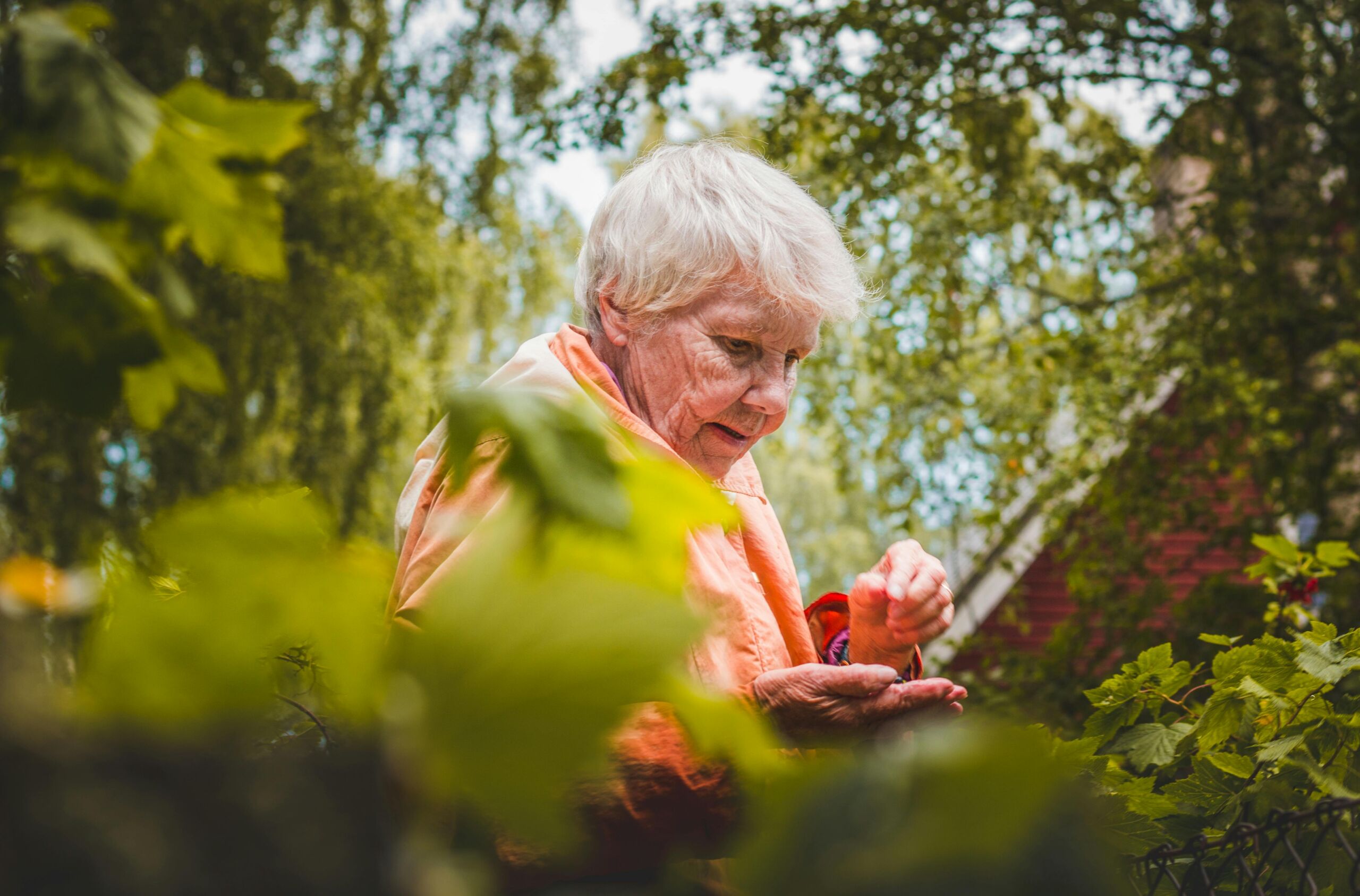According to the Centers for Disease Control and Prevention, “arthritis is one of the most widespread health conditions in the United States.” Currently, almost 53 million adults have been diagnosed with arthritis, and this number is expected to rise to 67 million by the year 2030.
Even though it is common to believe that arthritis only affects aging adults, this is not the case. The Arthritis Foundation reports that “almost 300,000 babies, kids, and teens have arthritis or a rheumatic condition.”
Since this condition affects so many individuals and because May is National Arthritis Awareness Month, our team at The Pavilion Senior Living is sharing information on how to manage arthritis and reduce its symptoms.
What is Arthritis?
While it is so common, arthritis is not well understood. The Arthritis Foundation states, “arthritis is not a single disease; it is an informal way of referring to joint pain or joint disease. There are more than 100 types of arthritis and related conditions.”
Common Types of Arthritis
Osteoarthritis
As the most common type of arthritis, osteoarthritis is often caused by the overuse of joints. While this condition can gradually progress over time, it can be escalated by a joint injury or infection. Affecting the entire joint, osteoarthritis causes deterioration of the connective cartilage tissues as well as changes to the bones in the joint themselves. This means that over time, the protective cartilage found between the bones in your joints wears down and can lead to discomfort.
Your risk of developing osteoarthritis may increase if you have a family history of the disease.
Symptoms of osteoarthritis could include:
- Pain in the affected joint or joints
- Joint stiffness
- Tenderness
- A grating sensation
- Bone spurs
- Swelling
Rheumatoid Arthritis
Rheumatoid arthritis is an autoimmune disorder in which the body attacks the tissues of the body, including those that are vital to protecting the joints. Among the affected tissues is the synovium, a soft tissue found in the joints that produces a fluid that nourishes cartilage and lubricates the joint.
The Centers for Disease Control and Prevention states rheumatoid arthritis “can also affect other tissues throughout the body and cause problems in organs such as the lungs, heart, and eyes.”
Common symptoms of rheumatoid arthritis include:
- Pain or aching in more than one joint
- Stiffness in more than one joint
- Tenderness and swelling in more than one joint
- The same symptoms on both sides of the body (such as in both hands or both knees)
- Weight loss
- Fever
- Fatigue
- Weakness
Psoriatic Arthritis
According to the Arthritis Foundation, “psoriatic arthritis, or PsA, is a chronic, autoimmune form of arthritis that causes joint inflammation and occurs with the skin condition psoriasis. It can affect large or small joints, and less commonly, the spine.”
Symptoms of psoriatic arthritis include:
- Itchy, painful red patches on the skin (commonly on the knees or elbows)
- Swollen or stiff fingers and toes
- Cracking or pitting of fingernails
- Pain, tenderness, warmth, and swelling of joints
- Inflammation or swelling where a tendon or ligament connects with a bone (at the back of the heel, for example)
- Fatigue
How to Manage Arthritis Symptoms
Physical Activity and Stretching
“Exercise is crucial for people with arthritis. It increases strength and flexibility, reduces joint pain, and helps combat fatigue (Mayo Clinic).” Staying physically active and stretching are great ways to manage the effects and symptoms of arthritis, especially if the affected joints are the knees, hips, or feet.
For individuals living with arthritis, physical activity should not be too strenuous or weight-bearing. High-impact exercises such as running may cause more harm than good. However, low-impact exercises, such as water aerobics, biking, or elliptical machines, are great for the body and do not put a lot of stress on joints.
While many people do not think about stretching as an exercise, it does increase your heart rate and, when done properly, can improve the joint’s flexibility and decrease pain in the long run.
Before you make any changes to your exercise and stretching routine, consult your physician. Once you get the okay, these tips from Harvard Health Publishing can help you get started with your stretching routine:
- Warm-up thoroughly
- Stretch during your least painful time of day
- Adapt stretches
- Expect some discomfort
Heat and Cold Therapies
Heat and cold therapies are two of the easiest ways to help manage arthritis pain, as they can be as simple as taking an extended hot shower or putting a bag of frozen peas on your knee.
Heat can ease the stiffness of joints, make them more flexible, and help the muscles relax. In heat therapy, blood vessels are dilated, blood circulation is stimulated, and muscle spasms are reduced. This helps to alter the sensation of pain. For heat therapy, you can either use dry heat such as a heating pad or choose a moist heat option such as taking a warm bath.
The cold side of this therapy is about reducing inflammation and swelling and relieving joint pain. Additionally, ice and other cold compresses can help numb the affected area and relieve pain. If your joints are inflamed, you can wrap an ice pack around the affected joint to provide quick relief and reduce inflammation.
Mindfulness Meditation
While meditation may not be your first idea when considering how to manage your arthritis symptoms, recent studies have shown otherwise.
The National Center for Complementary and Integrative Health shares that “four studies…have looked at the effects of mindfulness-based interventions in people with [rheumatoid arthritis], and all found evidence of some improvement in subjective symptoms such as pain or in the ability to cope with the illness.”
Even the individuals who did not physically see a reduction in their pain benefitted by learning how to better cope with their condition.
Additional benefits of practicing mindfulness meditation include:
- Lower stress levels
- Enhance sleep
- Manage weight
- Decrease loneliness
- Manage chronic conditions
- Reduce anxiety
- Decrease cognitive decline
Diet Changes
Adjusting your diet to incorporate more omega-3 fatty acids can also assist in alleviating arthritis pain. Common in fish, omega-3 fatty acids have been shown to reduce joint pain and stiffness, lower the risk of heart disease, and improve eye health.
Other foods that can help reduce inflammation, strengthen bones, and help reduce arthritis symptoms include:
- Edamame
- Olive oil
- Cherries
- Broccoli
- Green tea
- Citrus fruits – oranges, grapefruits, and limes
- Whole grains – oatmeal, brown rice, whole-grain cereals
- Red, kidney, and pinto beans
- Garlic
- Nuts – walnuts, pine nuts, pistachios, and almonds
Additionally, avoiding any foods that cause inflammation or that you know trigger your symptoms can go a long way in helping you manage your condition. For example, limiting or avoiding refined carbohydrates, fried foods, soda and other sugar-sweetened beverages, red meats, processed meats, and margarine will help fight inflammation and prevent a flare-up.
Rehabilitation Services
If you have tried these or other solutions without success, another option could be to utilize rehabilitation services. Rehab services can provide you with personalized care from healthcare professionals who know how to effectively manage arthritis and help reduce the symptoms of the condition. We encourage you to download our free eBook, Understanding Post-Hospitalization and Skilled Nursing Care, for more information on the benefits of rehab services.
{{cta(‘c0f62634-9269-4c66-a36d-f22063102f68′,’justifycenter’)}}
If you’re concerned about how to manage your arthritis or you experience weakness or physical decline, our in-house rehabilitation services can offer comfort and pain management.
We are committed to getting our residents back home as quickly and safely as possible. Whether you are improving general mobility, recovering from an injury, or healing from a stroke or surgery, our compassionate team will work with you to determine the best treatment plan to achieve your highest level of wellness.
At The Pavilion Senior Living, we specialize in:
- Care Due to Joint Replacements or Fractures
- Acute Medical Conditions
- Medical Care Following a Hospital Stay
- Respiratory Care
- Stroke Recovery
- General Rehabilitation Due to Weakness or Physical Decline
- Wound Care
Arthritis does not have to control how you live your life. By learning more about your condition, making a few lifestyle changes, and seeking proper treatment, you have the power to manage your arthritis and reduce its symptoms.
To learn more about our senior living communities in Tennessee and West Virginia and the care services we have to offer, we invite you to visit our website or contact a member of The Pavilion Senior Living team.
Updated: May 2022




